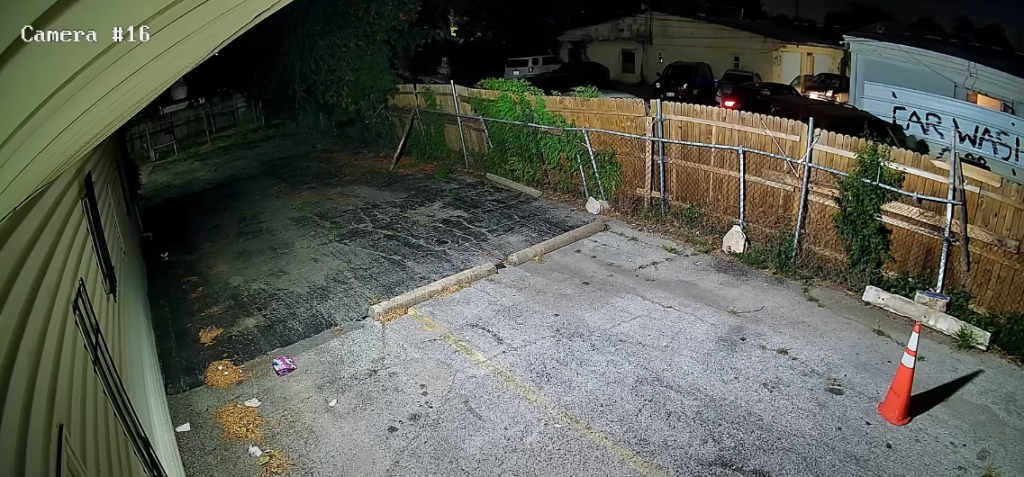In a dramatic and intense moment caught on a body camera, a Dallas police officer found himself in a life-threatening situation, confronting a robbery suspect who was pointing a gun directly at him. The incident unfolded in a matter of seconds, but its implications and the bravery exhibited by the officer provide a profound insight into the daily risks faced by law enforcement personnel. This article delves into the details of the event, the background of such encounters, and the broader implications for law enforcement and public safety.

Body camera footage capturing the moment the officer confronts the armed suspect.
On a seemingly ordinary day, the routine patrol of a Dallas police officer turned into a high-stakes confrontation. The officer, whose name is withheld for privacy and safety reasons, responded to a call about a suspected robbery in progress. Upon arriving at the scene, the situation quickly escalated. The body camera footage shows the officer exiting his vehicle and approaching the suspect.

The scene of the incident, secured by additional officers responding to the call.
As the officer closed the distance, the suspect suddenly drew a firearm and aimed it at him. The footage captures the tense moment as the officer, relying on his training and instinct, drew his weapon and fired at the suspect. The suspect was hit and incapacitated, ensuring the safety of the officer and the public in the vicinity.

The body camera footage provides a raw and unfiltered perspective of the incident. It showcases the split-second decision-making required in such high-pressure situations. Law enforcement officers are trained to respond to threats with measured force, and the footage illustrates the officer’s quick assessment and response to the immediate danger posed by the armed suspect.

Law enforcement officers undergo rigorous training to prepare for encounters like this. Their training includes firearms proficiency, situational awareness, and de-escalation techniques. The officer’s actions in this incident reflect the effectiveness of such training. By swiftly responding to the threat, he was able to neutralize the danger and prevent potential harm to himself and others.

Following the incident, the suspect received medical attention and was transported to a hospital. The officer, while shaken by the encounter, followed protocol by immediately securing the scene and calling for backup. The department initiated a thorough investigation, as is standard procedure in officer-involved shootings. This investigation aims to ensure transparency and accountability, examining all aspects of the incident, including the officer’s actions and the circumstances leading up to the confrontation.

The release of the body camera footage sparked significant public and media attention. While some praised the officer for his bravery and quick response, others raised questions about the broader issues of police use of force and community safety. Such incidents often reignite debates on law enforcement practices, the balance between public safety and individual rights, and the measures needed to prevent such encounters.
This incident is a stark reminder of the unpredictable and dangerous nature of police work. Officers regularly face situations where they must make life-or-death decisions in an instant. It underscores the importance of comprehensive training, mental preparedness, and support for law enforcement personnel.

Building and maintaining trust between law enforcement agencies and the communities they serve is crucial. Incidents involving the use of force can strain these relationships, making transparency and communication vital. Police departments across the country are increasingly adopting body cameras and other measures to enhance accountability and build public trust.
The psychological impact of such encounters on officers cannot be overlooked. The stress and trauma associated with life-threatening situations necessitate robust mental health support systems within police departments. Counseling, peer support programs, and other resources are essential to help officers cope with the aftermath of critical incidents.
The Dallas officer’s confrontation with an armed robbery suspect highlights the daily realities and dangers faced by law enforcement personnel. It is a testament to their bravery, training, and commitment to public safety. As we reflect on this incident, it is crucial to continue the dialogue on law enforcement practices, community relations, and the support systems needed to ensure the well-being of those who protect and serve.